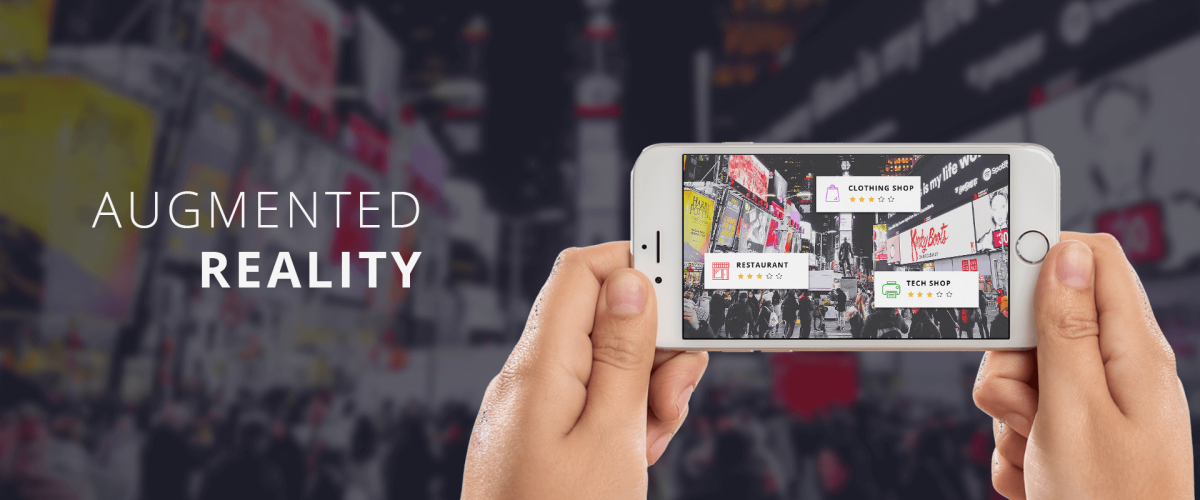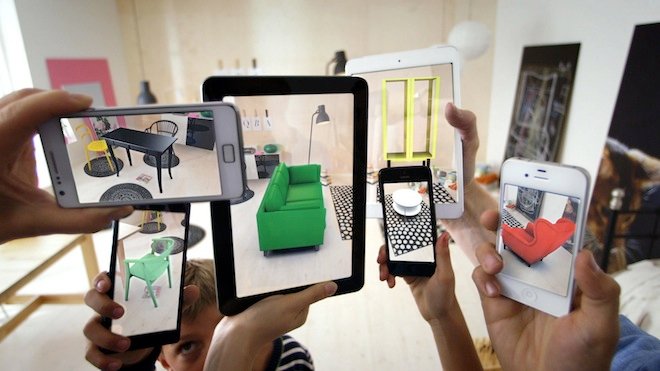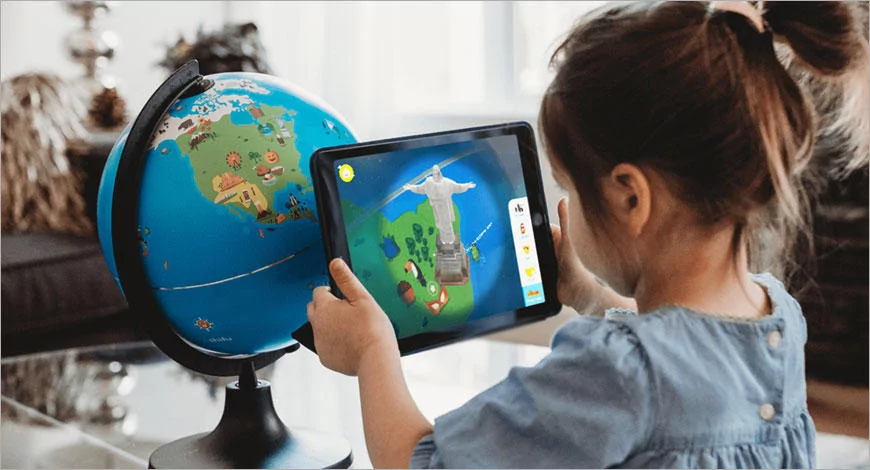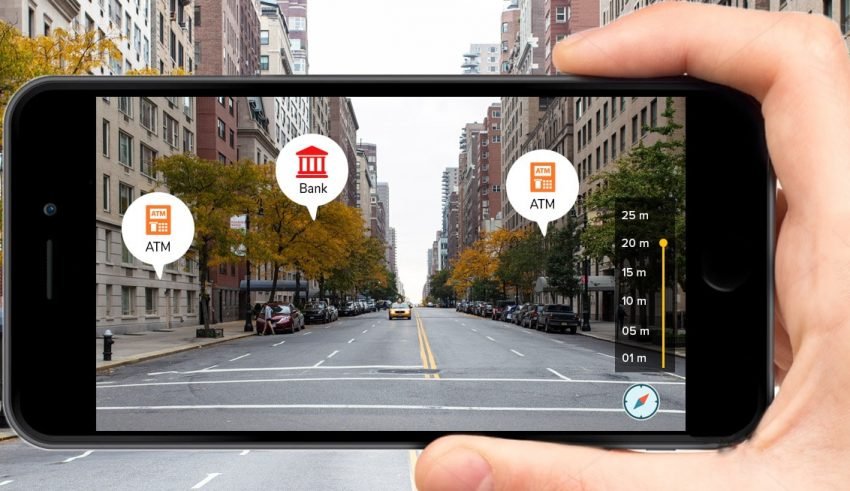Augmented Reality Development

AUGMENTED REALITY
Everyone has a smartphone, and that is all that is required to participate in the Augmented Reality realm. Augmented reality is an extension of current reality as seen through your phone’s (device’s) camera that makes it more interactive for consumers.
As a result, it is not surprising that Apple has recently invested heavily in AR technology, followed by Google in order to avoid being left behind. They have now made native AR frameworks available to iOS and Android developers, allowing them to create AR applications quickly.
AR Tech Consultation
AR IN Retail Sector
Augmented reality (AR) is a technology that superimposes virtual objects onto a live view of physical environments, helping users visualize how these objects fit into their physical world. While firms are keen to invest in AR, research examining its real-world impact is sparse. Four broad uses of AR in retail settings
1. Entertain customers
2. Educate them better
3. Enhance post purchase experience
4. Facilitate product evaluation


AR IN Education Sector
AR enables teachers to present their teaching material in a more visual and attractive way. Students are able to interact with the digital content, which is a proven way to drastically increase alertness and attention
The more visual and attractive a stimuli is, the greater will be the probability to remember it. AR is capable of explaining complex concepts from a more playful, interactive and visual point of view.
AR With GEOLOCATION
Augmented reality (AR) is a technology that superimposes virtual objects onto a live view of physical environments, helping users visualize how these objects fit into their physical world. While firms are keen to invest in AR, research examining its real-world impact is sparse. Four broad uses of AR in retail settings
1. Entertain customers
2. Educate them better
3. Enhance post purchase experience
4. Facilitate product evaluation

Other AR Use Cases






